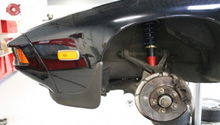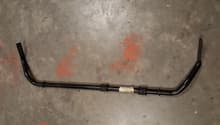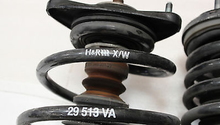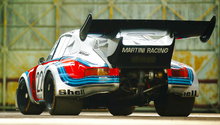Porsche 997: Suspension Modifications
Modifying the suspension on your Porsche 997 can either create your dream ride or a spine-rattling nightmare. Here we go over which components you can swap out and why you might want to.
This article applies to the Porsche 997 (2005-2012).
There comes a time in many Porsche 997 owners' lives when the desire to go faster overcomes the will to save money. Some want to improve the handling of their car for serious track duty, some want to make the car more stable on their local back road, and some just want to improve the look of their car without having to endure ultra stiff track suspension. Luckily, there are a plethora of aftermarket options to improve, modify, tune, and otherwise fiddle with your 997 to make it handle and respond just how you want it to.
Suspension Upgrades
Before changing any suspension components, it is best to look at the car's dynamics as a whole. Consider the strong points, and weak points of the car, is it stands. A big, and often overlooked factor is tire grip. Your suspension should only be as stiff as you have tire grip to much, otherwise you will more easily overwork the tires and actually reduce maximum grip. Having a car that is completely flat in the corners, as is too stiff can be detrimental to handling, especially over rougher, bumpier pavement. Some amount of lean and suspension movement makes the car easier to drive, and more forgiving at the limit of traction.
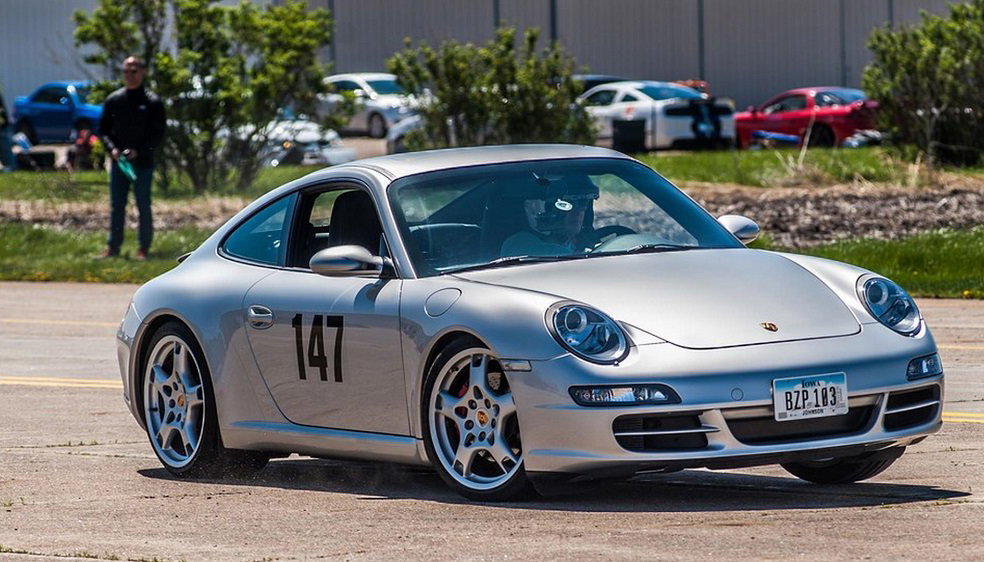
Sway Bars
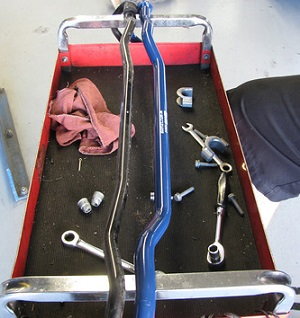
DIY Cost – $500 for both front and rear bars
Professional Cost – $700-$800, depending on labor rates
Skill Level – Moderate; requires removal of original suspension pieces and installation of larger aftermarket pieces.
One of the cheapest modifications to your suspension is to swap out the sway bars. A thicker bar will increase the dynamic spring rate (that is, only while corner loads are present) while having minimal effect on ride quality compared with a spring change. Many aftermarket bars are available, and are even adjustable and allow you to fine tune the balance to suit your liking. However, if you want to keep your car all-Porsche, GT3 sway bars can be retrofitted to fit other 997 models. Just be wary of using too stiff a rear bar, as this can cause inside rear tire slip when accelerating out of corners.
Springs and Shocks
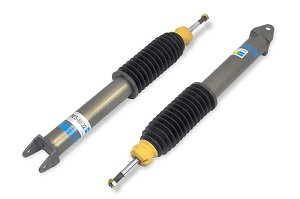
DIY Cost – $500-$2,000
Professional Cost – $900-$2,400
Skill Level – Moderate; requires further disassembly of suspension components than the sway bars and use of spring compressors to safely remove springs.
For those who want to lower their car on a budget, going the "springs and shocks" route is very common. As opposed to "full coilovers," this is a combination of aftermarket shocks and aftermarket springs that don't come as a complete set. When pairing aftermarket springs and shocks, you need to think about the spring rate (i.e. how stiff the spring is), versus the damper's ability to cope with the load and adequately stiffle excess body movement. Eibach and H&R are the most common lowering springs, with the H&Rs being a little stiffer and lower. It's possible to apply these springs to the stock shocks, but their longevity can suffer as a result, especially if you have PASM. Bilstein makes the most common aftermarket shocks, and they even have models that let you retain PASM.
Coilovers
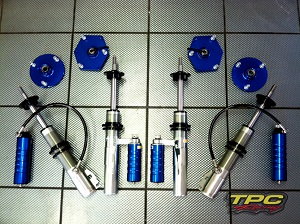
DIY Cost – $1,500-$6,000
Professional Cost – $1,900-$6,400
Skill Level – Moderate; this installation is basically the same process as swapping out springs and shocks.
For those who want the ultimate track performance out of their 997, a full coilover setup is the best way to go. These shocks and springs are specially tuned to work with each other, have ride height adjustability, and frequently have adjustable shock damping as well as camber and caster adjustment. They are more expensive, but are worth the cost if lap times are what you are after and if fine tuning every aspect of handling balance sounds like your kind of thing. It's common for owners of shock and spring combos to eventually end up with coilovers, so many who have been through the process already recommend to just skip straight to this step. However, if you are looking for street comfort, look elsewhere. The higher spring rates and stiffer damping will make the car very harsh to drive every day.
Pro Tip
It is possible to mix and match a spring and shock combo to be superior to some off the shelf coilovers, especially if aftermarket camber plates can be sourced, but it is ideal to find a package in which all of the components are optimized to work together properly. Too stiff of a spring, and the shock won't be able to cope, leading to a choppy ride. Too soft of a spring, and the car is prone to hitting its bump stops; this is the point in which the suspension can travel no further, causing a jolting bounce and loss of traction.
Related Discussions
- Shocks for 997.1 - Advice - Rennlist.com
- H&R Springs Vs. Eibach Springs - Rennlist.com
- Sway Bar Upgrade? GMG or Stock Porsche GT3? - Rennlist.com
- Swaybar in Front or Rear for Stock 997? - Rennlist.com
- Bilstein Damptronic Coilovers How Good Are They- Rennlist.com
- Which Coilover Do You Recommend for 2009 997 Turbo? - Rennlist.com

